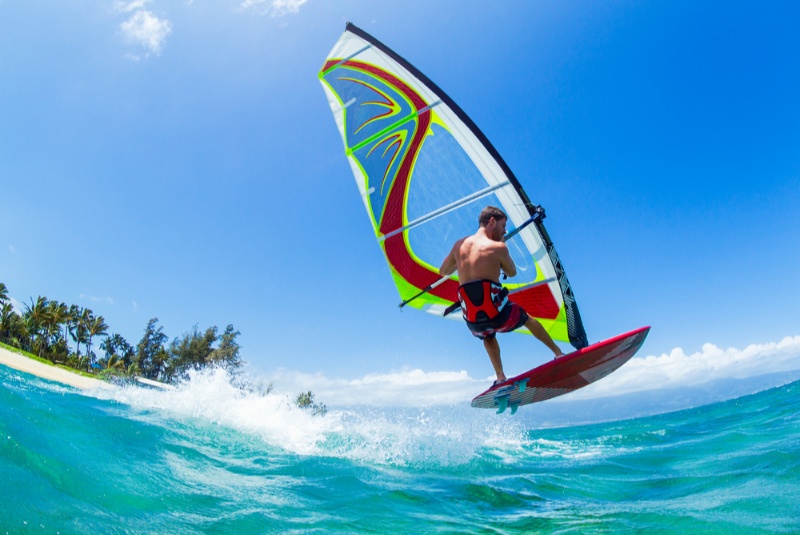Summer is the perfect time for road trips, offering a chance to explore new destinations and make lasting memories. However, maintaining good health during long drives can be challenging. This guide provides practical tips to keep you and your traveling companions healthy and energized throughout your journey.
Plan Your Route and Schedule
Effective planning is the cornerstone of a successful road trip. Before setting out, carefully plan your route and include stops at interesting places that can enrich your travel experience. Consider using GPS and travel apps to help find the most efficient routes and to alert you to traffic conditions or road work that could affect your journey. Planning your stops for every two to three hours of driving not only helps minimize driver fatigue but also gives everyone a chance to stretch, reducing the discomfort and health risks associated with prolonged sitting. These breaks are perfect for visiting local landmarks, dining at recommended eateries, or simply enjoying a moment to relax.
Pack Healthy Snacks and Meals
Packing nutritious snacks and meals for your road trip helps avoid the pitfalls of roadside fast food, which can be high in calories, fats, and sodium. Instead, prepare and bring along a variety of healthy options such as sliced fruits, vegetables, yogurt, and mixed nuts, which provide essential nutrients and keep energy levels steady. Consider using coolers or insulated lunch bags to keep perishable items fresh. Sandwiches with whole grain bread and lean proteins, or salads with a good mix of veggies and added seeds or nuts, can serve as fulfilling meals that are both convenient and nutritious.
Stay Hydrated
Hydration is critical when traveling, especially in the summer when temperatures soar. Pack sufficient water for all passengers and consider including hydrating fruits like watermelon or cucumber in your snack pack. Avoid sugary drinks and excessive caffeine, as these can lead to dehydration. Set reminders to drink water regularly, as people often underestimate how much hydration they lose on long car rides, particularly when air conditioning is used for extended periods.
Prioritize Sleep
Rest is crucial before and during your road trip. Ensure that you start your journey well-rested; fatigue can significantly impair your driving and reaction times, similar to the effects of alcohol. Plan your travel schedule so that you're not driving late into the night, and if fatigue sets in, take a break or switch drivers if possible. Maintaining a consistent sleep schedule helps keep your circadian rhythm in check, promoting better alertness and mood.
Use Sun Protection
Direct and prolonged exposure to the sun's UV rays can be harmful, especially in a car where sunlight can intensify through windows. Apply a broad-spectrum sunscreen to all exposed skin, wear UV-blocking sunglasses, and consider UPF clothing if you’ll be outdoors during your breaks. Using car window shades can also help protect passengers, especially young children, from sun exposure.

Engage in Physical Activities
Long periods of sitting can increase the risk of deep vein thrombosis and exacerbate muscle stiffness and discomfort. Use your planned stops to engage in light exercises or stretches. If there are parks or scenic areas along your route, take the opportunity for a short hike or walk. Physical activity boosts energy and mood, making the driving experience more pleasant for everyone.
Maintain Good Posture
Good posture while driving can prevent back pain and fatigue. Adjust your seat for optimal comfort and support, ensuring you can fully depress the pedals without stretching. Use lumbar support if needed, and adjust mirrors to avoid straining your neck. Regularly changing your sitting position slightly can also help reduce the risk of discomfort.
Prepare for Emergencies
Being prepared for any scenario gives you peace of mind on the road. Your emergency kit should include water, non-perishable food items, basic tools, a first aid kit, necessary medications, and warm blankets. Keep a list of emergency contacts, including roadside assistance, and ensure your phone is charged and you have a car charger or a portable battery.
Optimize Navigation and Connectivity
In today's digital age, having reliable navigation and connectivity tools is essential for a smooth road trip experience. Use a dependable GPS system or smartphone apps like Google Maps or Waze to get real-time traffic updates, route changes, and information on road conditions. These tools can help you avoid construction delays, traffic jams, and even find the quickest routes to your destination. Additionally, consider downloading offline maps in case you travel through areas with poor mobile service. Staying connected allows you to keep in touch with family and friends, updating them on your progress and ensuring they know your whereabouts for safety reasons. This connectivity also enables you to seek help quickly in case of an emergency, enhancing overall travel security.
Stay Informed and Flexible
Stay updated on the latest weather forecasts and road conditions throughout your trip. Changes in weather, such as unexpected storms or extreme heat, can impact your driving safety and comfort. Flexibility in your travel plans allows you to adapt to these changes, perhaps altering your route or schedule to avoid any potential hazards. This adaptability can lead to a safer and more enjoyable trip, allowing you to explore alternative destinations or activities that may not have been part of your original plan.
By taking these steps, you can ensure your summer road trip is both enjoyable and healthy. Proper preparation, from route planning to packing essentials, not only minimizes stress but also enhances your overall travel experience, making your summer adventure one to remember.




